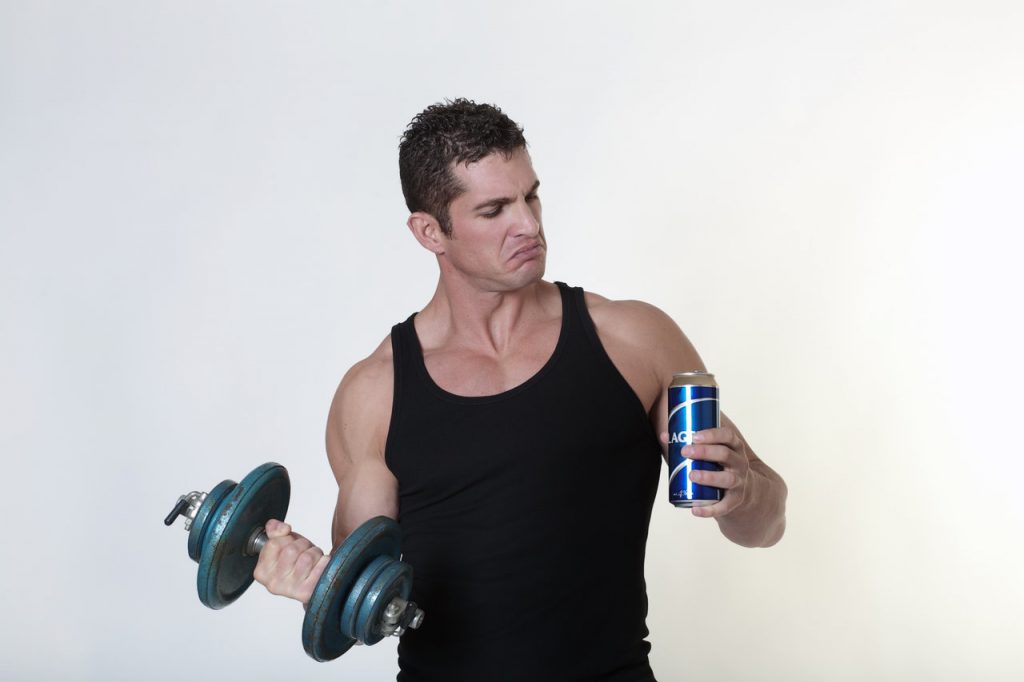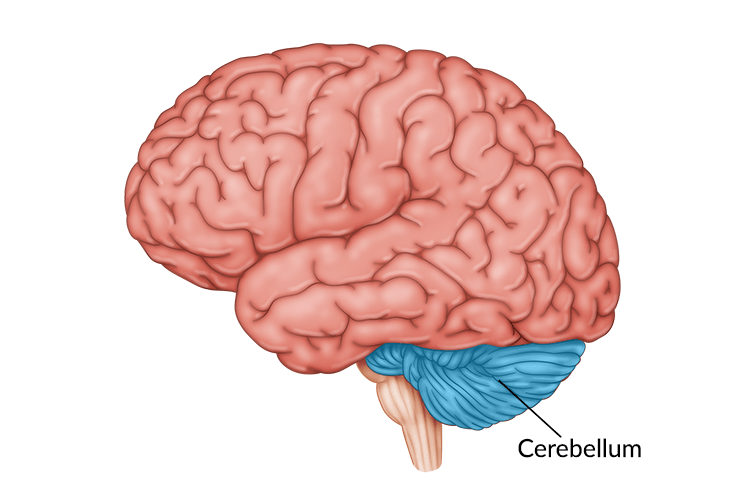
Party Fitness Lifestyle
It’s not uncommon for people engaged in health and fitness to have drinks socially with friends and family on occasion, however drinking alcohol in moderation can eventually catch up to us.
Alcohol in society is consumed in times of joy, as a means to celebrate significant events in our lives.
It’s also consumed during times of grief, sadness, or as a coping mechanism during challenging times, which is why consuming alcohol in moderation can tricky to adhere for individuals over time.
While many know the long term effects of excessive alcohol consumption, it’s easy to push past moderate levels of drinking with the constant barrage of celebration/grievances events that occur regularly.
This can range from happy hours after work, birthday celebrations, gatherings with friends, funeral ceremonies, sporting events, concerts, holiday gatherings, or new milestones in life.
It usually takes many years to see the effects of drinking more than the recommended amount 2 – 3 drinks per day, however for individuals heavily involved in the fitness lifestyle the negative impact of alcohol can be noticed relatively sooner.
Physically active people can experience downgrades in exercise performance, balance and coordination, and long term changes in behavior that can create problems later in life.

How Alcohol Effects Neuromotor Function While Exercising
At the start of each new year, the two most common resolutions that people usually make are to lose weight and to drink less than the previous years passed. These are also the hardest resolutions to commit to as both of these goals go hand in hand with each other.
If you’re having difficulty losing those pounds on the weight scale, it could be the amount of alcohol consumed on the diet that you’re on right now. Getting rid of alcohol to optimize your fitness goals may not be that simple, as social drinking may be interwoven into your current social groups and activities as mentioned before.
Losing the circle of friends and close associates you’ve grown accustomed to can be as uncomfortable as the new body you’ve obtained after training in the gym for many years!
This fear of social life loss leads people to yo-yo with their body image and constantly choosing between their commitments to the gym and socializing with friends.
What organ takes the an impact for the worst when alcohol becomes a priority over everything else? The brain.
Chronic alcohol consumption over time can lead up to a buildup of toxins in the brain, which starts to affect the health of your nervous system.
The cerebellum in the lower portion of the brain starts to become damaged and coordination and balance starts to become an issue.

Alcohol also greatly affects the neurotransmitters in the brain, which are the chemical signals the brain cells uses to communicate with each other to control behavior and thought.

When these signals are affected, there are changes in mood, inability to think, impulsive behavior, slurred speech, slowed reflexes, and issues with coordination movement.
How This Drinking Can Effect Your Physique Over Time
People choose to continue the lifestyle of socializing with alcohol for many years down the line without recognizing the amount of damage they may have already done. Most of the trauma on the brain occurs after long term use has yet to cease or complete addiction has set in.
One symptom of brain damage is a condition known as Korsakoff syndrome, which is an inability to absorb B1 Vitamin (Thiamine). This can effect the ability to move your eyes and maintain balance exercising as you get older drinking alcohol.
Having poor coordination and balance is not a great outlook for keeping your physique up to par and looking younger if you can’t adapt to lifting weights in the gym. Weightlifting and calisthenics exercises requires you to balance weight according to your body’s current level of strength.
It’s already bad enough that most middle aged men these days are starting to have health issues that seniors in their mid 60s experience, but debilitating the body’s balance center is a guaranteed way to have an elderly fall later on.
This is why many men are reluctant to keep working out as they get older, as health problems start to mount and hormone production begins its decline. This is common dilemma in most Western developed countries as the existing obesity epidemic has not only persisted, but has sped up since pre-Pandemic years.
This has been the phenomenon of the ‘dad-bod’ era over the last decade, with society normalizing the rationale of being slightly out of shape for a few months of the year or years out at a time.
Dad-bods can be a temporary stage for some, however most men are having difficulty removing this excess fat in comparison to previous years.
A change in standards is needed to correct the damage that the party lifestyle has done to society.
The Wrap Up
It can be a challenge to maintain a fit physique as the body starts to age, but this has proven to be even more difficult with moderate alcohol consumption over time. The major impact on the nervous system and the brain is something to be cautionary of, as the brain cells control all the human body’s natural functions and movements. Consider your lifestyle choices wisely if you wish to remain active and healthy in your later years.
What else do you want to know?
How Alcohol Affects Your Sleep

Leave a Reply
You must be logged in to post a comment.